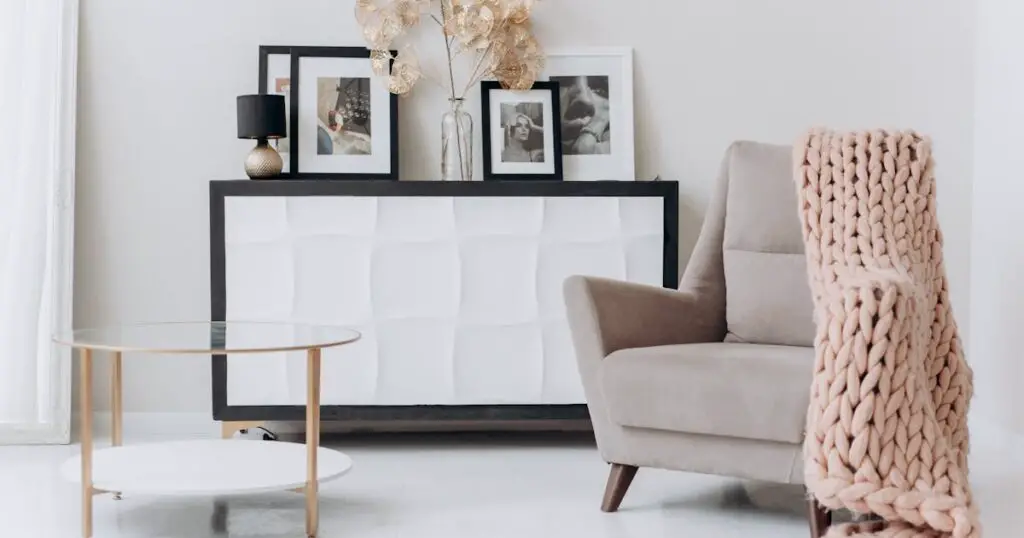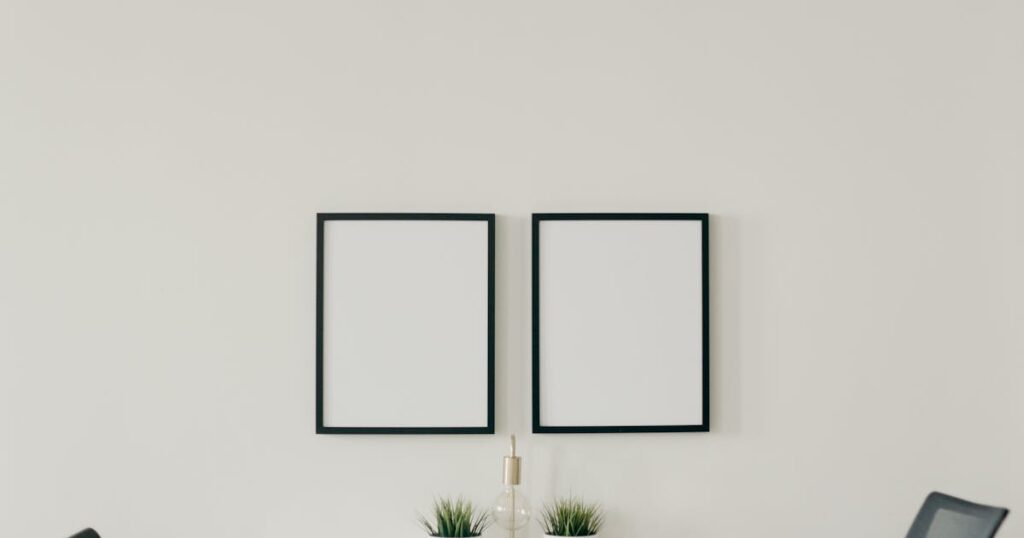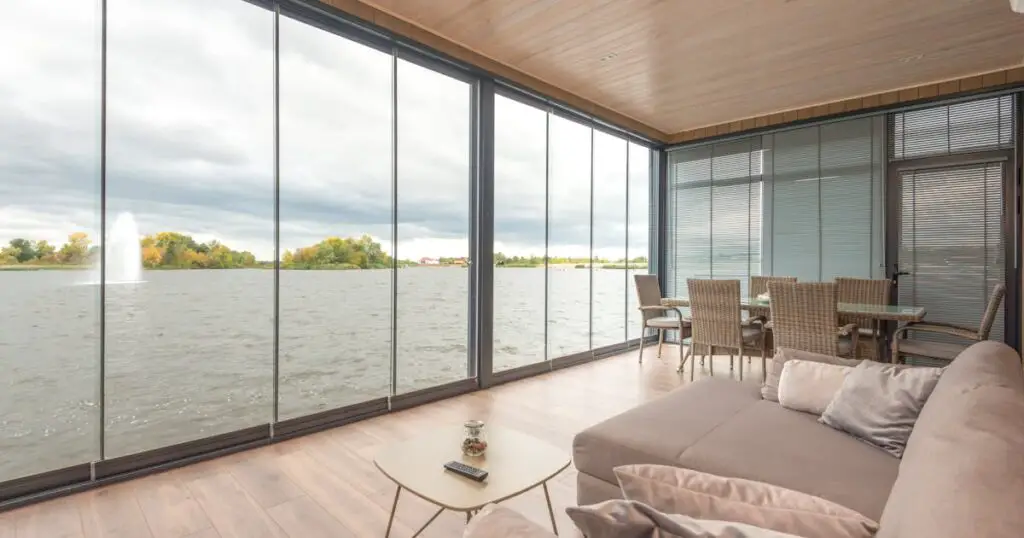Minimal design, also known as minimalist design, is a concept that focuses on simplicity and functionality. It involves using clean lines, basic shapes, and a limited color palette to create a visually appealing space. The goal of minimal design is to eliminate any unnecessary elements or clutter to achieve a sense of calmness and balance.
As our society becomes more fast-paced and chaotic, minimal design has gained popularity for its ability to create a peaceful and organized environment. This design approach can be applied to various aspects of our lives, from interior decor to fashion and even technology. But what exactly makes up minimalist design? And how can you incorporate this concept into your own space while still maintaining a warm and inclusive atmosphere?

Minimalist Design
At its core, minimalist design is about simplicity and functionality. It eliminates excess and focuses on essential elements to create a clean and clutter-free space. This approach originated in the 1960s as a reaction against the busy and ornate styles of the time.
The key principles of minimalist design include using neutral colors, simple geometric shapes, and open spaces. These elements work together to create a sense of harmony and balance. By eliminating unnecessary elements, minimal design allows the eye to focus on what is truly important.
Elements of Minimalist Design
There are several key elements that make up the minimalist design. These include:

- Neutral color palette: Minimalism often involves using a monochromatic or limited color scheme. White, black, and shades of gray are the most commonly used colors in minimal design. These neutral tones create a sense of simplicity and openness.
- Clean lines: Minimalism is all about clean lines and sharp angles. The use of straight, simple lines helps to create a sleek and modern look.
- Functional furniture: In minimalist design, furniture serves a purpose beyond just being aesthetically pleasing. It should be simple, practical, and functional.
- Negative space: Negative space, also known as white space, is an essential element of minimal design. By leaving empty spaces around objects, it allows them to stand out and creates a sense of balance.
- Natural elements: Minimalism often incorporates natural materials such as wood and stone to add texture and warmth to a space.
Making a Minimalist Space Look Warm and Welcoming
While minimalism is often associated with cold and sterile spaces, it can also be warm and inviting. Here are some tips for incorporating minimalist design while maintaining a sense of warmth and inclusivity:
- Add plants: Plants not only add a touch of nature to your space but also bring life and color to a minimalist room. Choose low-maintenance plants that require minimal care, such as succulents or cacti.
- Incorporate texture: Texture can add warmth and depth to a minimalist space. Consider using textiles like soft blankets or fluffy rugs to create a cozy atmosphere.
- Use warm lighting: Harsh overhead lighting can make a space feel cold and unwelcoming. Opt for soft, warm lighting to create a more inviting ambiance.
- Include personal touches: While minimalist design is often associated with a lack of personalization, it’s essential to add elements that reflect your personality and interests. This could be through artwork, photos, or unique decor pieces.

FAQs
In this section, we will be delving into some of the most common inquiries and curiosities that surround our topic.
Can I incorporate color into a minimalist design?
Absolutely! While minimalism often involves a neutral color palette, you can add pops of color to create visual interest. Just be sure to choose one or two colors and use them sparingly.
Is minimalism for everyone?
Yes, anyone can incorporate elements of minimal design into their space to promote simplicity and functionality. It’s a versatile concept that can be adapted to fit different styles and preferences.
Is it expensive to create a minimalist space?
Not necessarily. Minimalism is all about getting rid of excess, so you don’t need to spend a lot of money on unnecessary items. You can also incorporate DIY elements or shop at budget-friendly stores for minimalist decor pieces.
Conclusion: What is Minimal Design?
Minimalist design may seem simple, but it requires careful consideration and attention to detail. By using clean lines, neutral colors, and open spaces, you can create a sense of calmness and balance in your space. But remember, minimalism doesn’t have to be cold or unwelcoming.
By incorporating personal touches and warm elements, you can create a minimalist space that feels warm and inviting. So go ahead, embrace minimalism, and create a space that is both functional and aesthetically pleasing.



Leave a Comment
You must be logged in to post a comment.